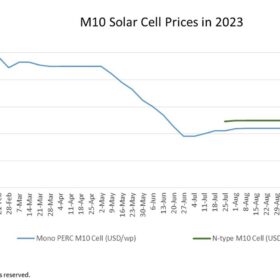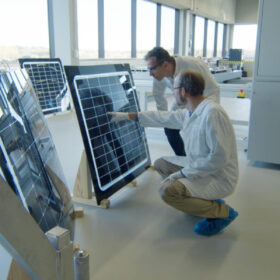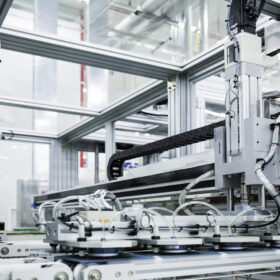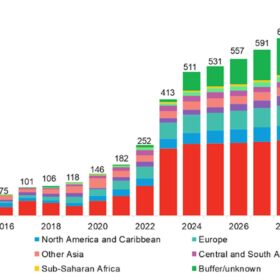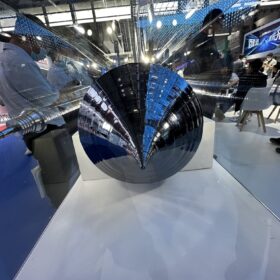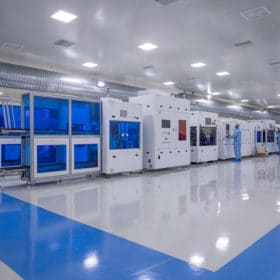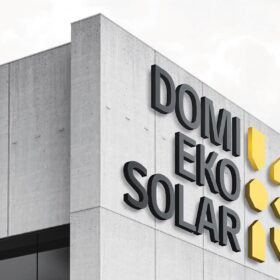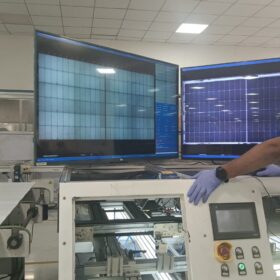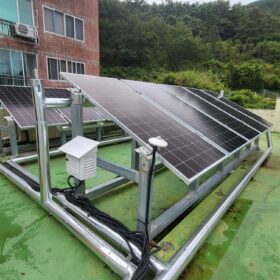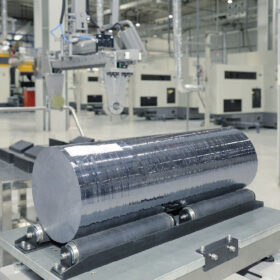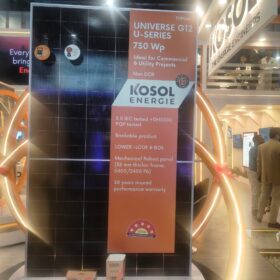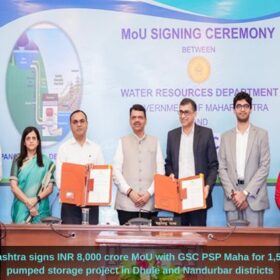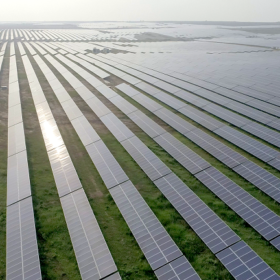M10 solar cell prices dive to new record low
In a new weekly update for pv magazine, OPIS, a Dow Jones company, provides a quick look at the main price trends in the global PV industry.
Imec integrates silicon heterojunction solar cells into curved surfaces
Imec has successfully integrated silicon heterojunction PV cells into curved surfaces, resulting in a 6% efficiency increase compared to passivated emitter and rear contact (PERC) half cells. The cells are suitable for applications in vehicle-integrated and building-integrated PV (BIPV).
Hanwha Qcells shuts down 3.5 GW solar factory in South Korea
Hanwha Qcells has closed its 3.5 GW solar factory in South Korea as part of plans to optimize its PV module production capabilities amid a stagnant domestic solar market.
New global solar installations to hit 413 GW this year, says BloombergNEF
BloombergNEF says historically low module prices will drive the global solar industry to record installations in 2023.
Polysilicon prices could hit all-time low by year-end
Bernreuter Research says in a new report that it expects polysilicon prices to soon dip below the historical low of $6.75/kg, which was reached in June 2020. It says global polysilicon capacity could hit 2.75 million metric tons (MT) by the end of December, with just 200,000 MT of the total outside of China.
Premier Energies wins 350 MW solar modules order from IRCON
Premier Energies will supply 350 MW of bifacial solar PV modules built with in-house manufactured cells, to IRCON Renewable Power’s PV Project in Pavagada, Karnataka.
Serbia’s Domi Eko commissions 150 MW TOPCon solar module factory
The factory is located in Velika Plana, central Serbia. The production equipment was provided by Italian manufacturer Ecoprogetti.
Waaree to supply 1.5 GW of TOPCon solar modules for Acciona’s projects in USA
Waaree Energies has signed a three-year deal with Spanish developer Acciona to supply 1.5 GW of TOPCon solar modules for Acciona’s PV installations in the United States from 2024 to 2026. The contract follows Waaree’s latest 850 MW mono PERC shipment to Acciona’s four projects in the US.
Retrofit solution to convert rooftop PV systems into photovoltaic-thermal arrays
Scientists in Korea have proposed a simple methodolgy to tranform existing PV systems into photovoltaic-thermal (PVT) arrays. They claim the new design offers a cheaper alternative to expensive PVT systems, while enabling easier and faster deployment.
Loom Solar to strengthen its presence in Southern India
Loom Solar has introduced its solar panels from 10 W to 575 -700 W bifacial TOPCon, energy storage solutions from 75 Wh to 5 kWh-45 kWh, high-frequency solar inverters, and customisable small solar panels in Southern India.
